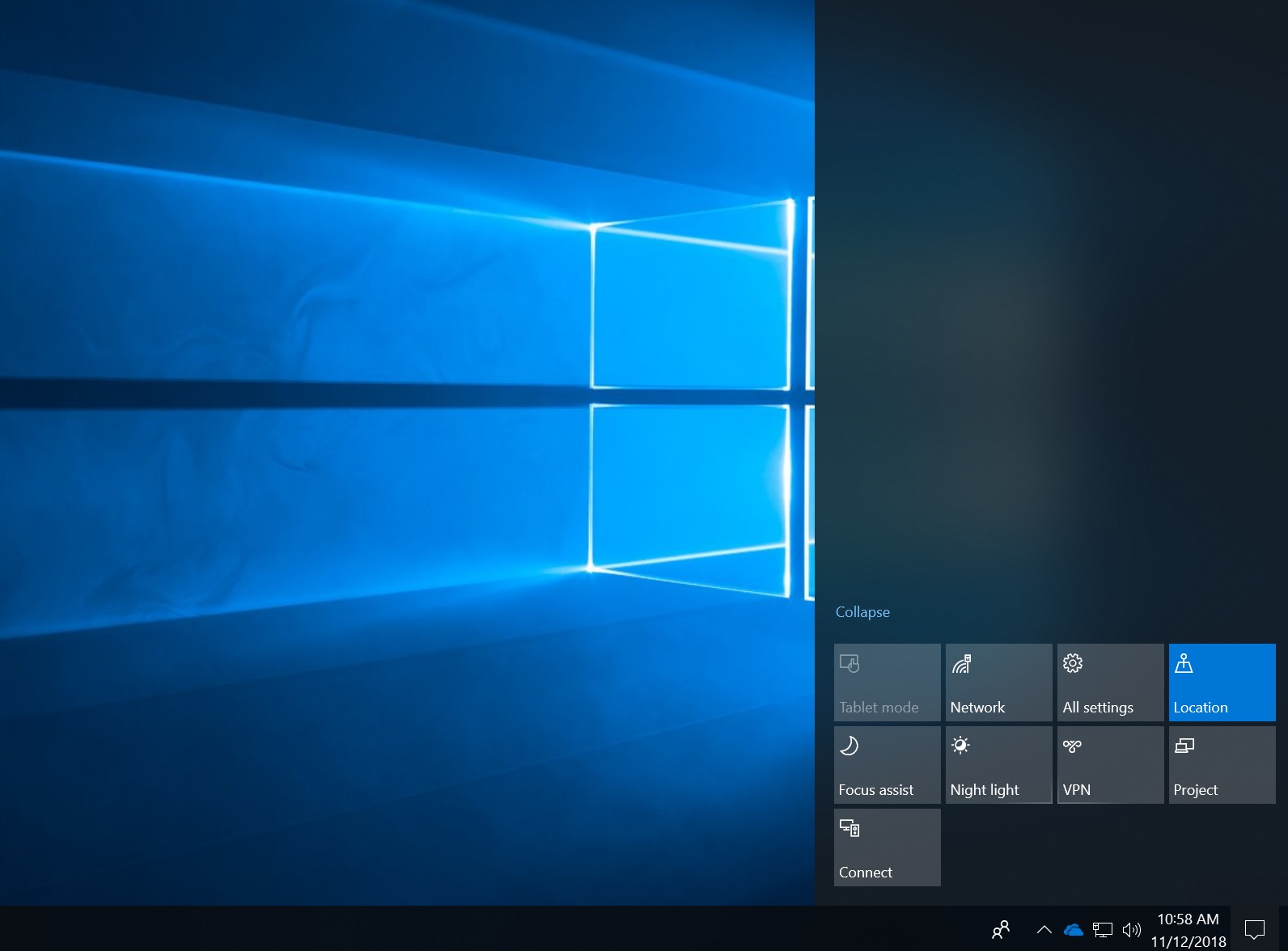

When you select the Action Center button at the far right of the taskbar, you will see a pane with notifications, quick action tiles, and a brightness control. For example, system icons like Volume, Network, and Power all provide their own interfaces. In this system, each of the status icons-which include system icons that come with Windows 10 as well as icons from other apps, often from third parties-provides its own interface, allowing users to click and/or right-click them to access relevant options. It provides status icons for News and interests, Meet Now, OneDrive, networking, sound, the Action Center (which lets you access notifications and quick actions), and other features, plus a clock and calendar. Windows 10Īs I explain in the Windows 10 Field Guide, the right-most part of the default taskbar is called the notification area. And a new keyboard shortcut to learn.īefore describing what’s new in Windows 11, let’s take a look back at the Windows 10 Action Center as well as the Chrome OS Quick Setting interface, which is an obvious inspiration for the changes in Windows 11. Now, we have separate and more useful Quick Settings and Notifications interfaces.

Windows 10 featured an Action Center interface that combined quick actions and notifications into a single place.


 0 kommentar(er)
0 kommentar(er)
